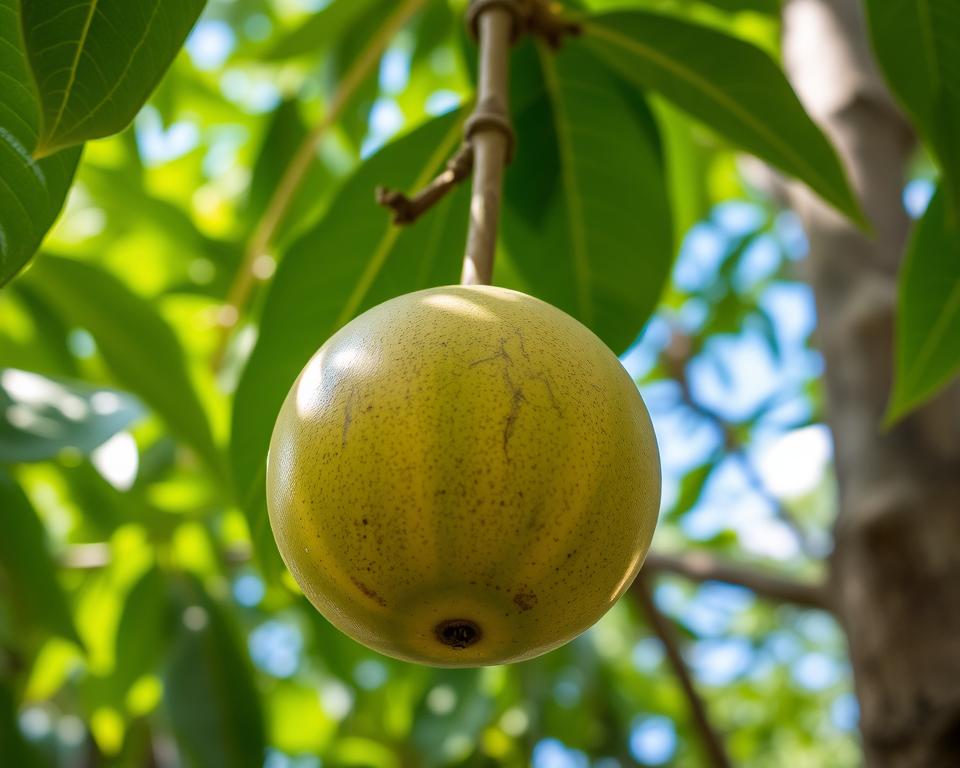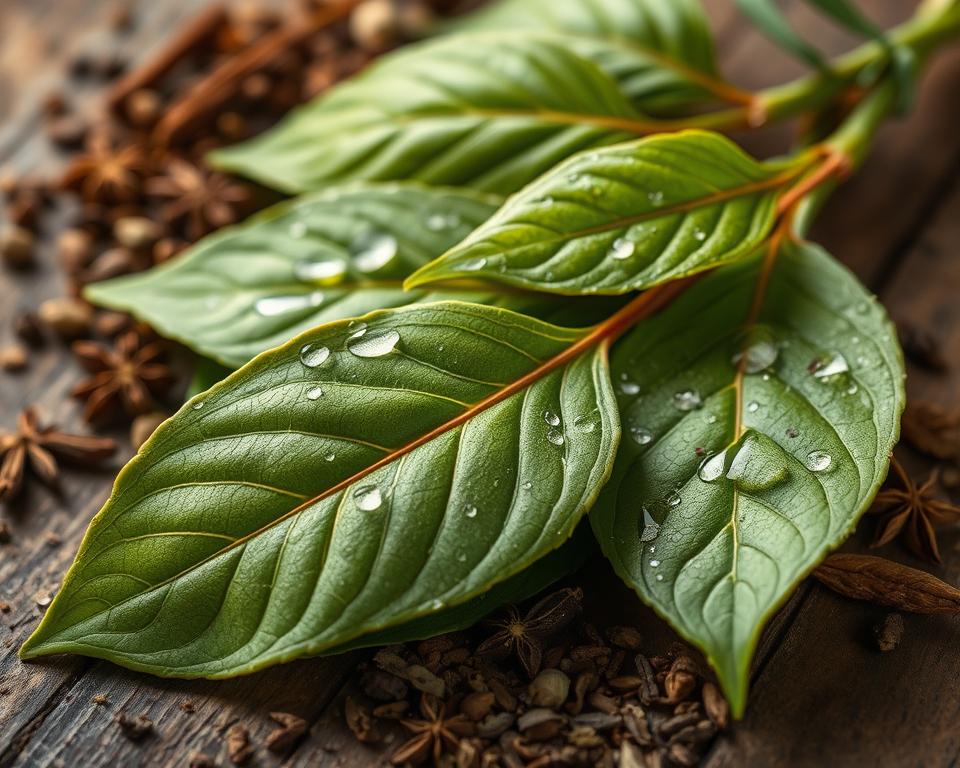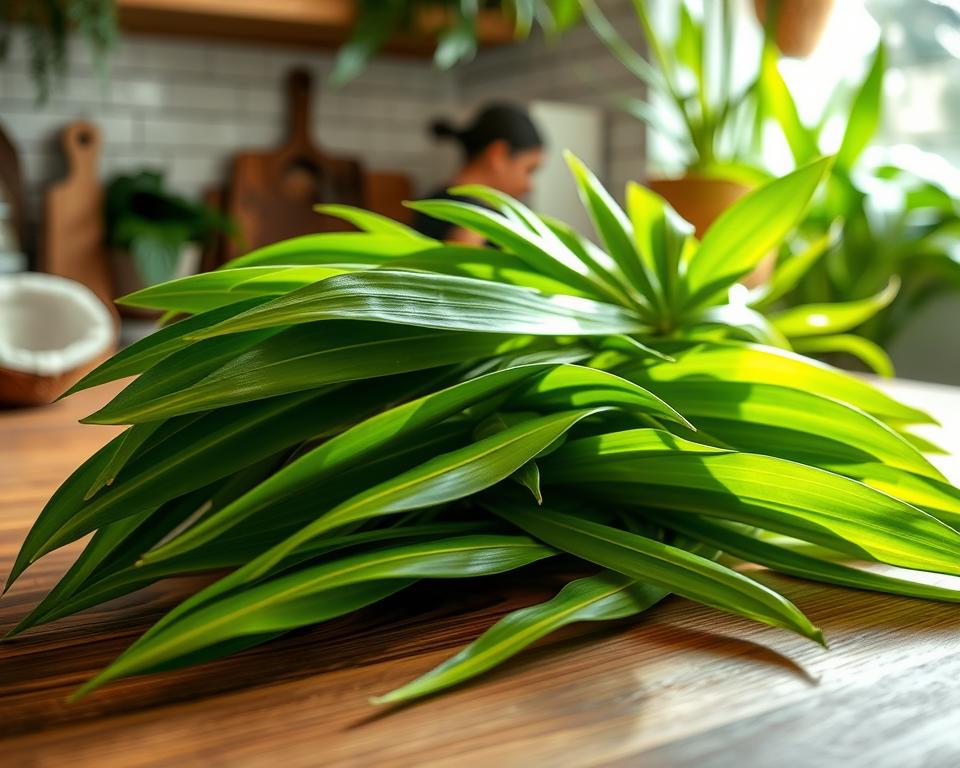Rosemary is a versatile and aromatic herb that is widely used in cooking, as well as for its medicinal properties. Whether you’re an experienced gardener or a beginner, finding the right sources to acquire rosemary plants can be crucial for successfully cultivating this herb. This article will explore the best places to find rosemary, including local nurseries, garden centers, and online retailers, as well as provide insights into the ideal growing conditions for this fragrant plant.
Read interesting things at : tosawakan
Key Takeaways
- Rosemary is a versatile and aromatic herb with culinary and medicinal uses.
- Finding the right sources to acquire rosemary plants is essential for successful cultivation.
- Local nurseries, garden centers, and online retailers are the best places to find high-quality rosemary plants.
- Understanding the ideal growing conditions, such as climate and soil requirements, is crucial for rosemary cultivation.
- Exploring multiple sourcing options can help ensure the availability of healthy, thriving rosemary plants.
Introduction to Rosemary Cultivation
Rosemary (Rosmarinus officinalis) is a perennial, evergreen herb that originates from the Mediterranean region. With its distinctive pine-like aroma and needle-like leaves, rosemary is known for its versatility in the kitchen and its potential health benefits. This section will provide an introduction to the cultivation of rosemary plant care, highlighting its aromatic qualities and exploring its various rosemary culinary uses and rosemary medicinal uses.
The Aromatic and Versatile Herb
Rosemary is prized for its robust, fragrant aroma that is often described as a blend of pine, lemon, and pepper. This aromatic herb thrives in rosemary garden settings, adding a visually stunning and sensory-rich element to any rosemary herb cultivation endeavor. Its needle-like leaves are rich in essential oils, contributing to its distinctive flavor and aroma, making it a popular choice for various culinary applications.
Rosemary’s Culinary and Medicinal Uses
In the culinary realm, rosemary is a versatile herb that can be used fresh or dried in a wide range of dishes. Its pungent, woody flavor pairs exceptionally well with meats, vegetables, and even baked goods. Beyond its culinary applications, rosemary has also been recognized for its potential rosemary medicinal uses, with some studies suggesting its ability to support cognitive function, improve circulation, and possess anti-inflammatory properties.
Ideal Growing Conditions for Rosemary
To thrive, rosemary requires specific growing conditions that mimic its Mediterranean origins. Understanding the ideal climate, temperature preferences, and soil requirements for this aromatic herb is crucial for successful cultivation.
Climate and Temperature Preferences
Rosemary is a hardy, drought-tolerant plant that thrives in warm, sunny climates. It prefers a Mediterranean-like environment with mild winters and hot, dry summers. The plant can tolerate some frost, but prolonged exposure to cold temperatures or freezing conditions can be detrimental. Ideal daytime temperatures for rosemary range from 70-85°F (21-29°C), with nighttime temperatures staying above 50°F (10°C).
Soil Requirements
Rosemary grows best in well-draining, sandy or loamy soils that are slightly alkaline, with a pH range of 6.0 to 8.0. The soil should be nutrient-rich and have excellent drainage to prevent waterlogging, which can lead to root rot. Rosemary plants thrive in soils with low to moderate fertility, as excessive nutrients can result in lush foliage at the expense of essential oil production and overall plant vigor.
| Growing Condition | Ideal Range |
|---|---|
| Climate | Mediterranean-like, warm and dry |
| Temperature | Daytime: 70-85°F (21-29°C) Nighttime: Above 50°F (10°C) |
| Soil Type | Well-draining, sandy or loamy |
| Soil pH | 6.0 to 8.0 (slightly alkaline) |
| Soil Fertility | Low to moderate |
By providing rosemary plants with the ideal growing conditions, gardeners and growers can ensure the health, vigor, and optimal oil production of this versatile and flavorful herb.
Where to Find Rosemary Plants
Discovering high-quality rosemary plants is a crucial step in establishing a thriving herb garden. Fortunately, gardeners have a variety of options when it comes to sourcing these aromatic and versatile plants. From local nurseries and garden centers to convenient online plant retailers, there are numerous avenues for finding the perfect rosemary specimens to integrate into your outdoor space.
Local Nurseries and Garden Centers
For gardeners who prefer a hands-on approach, visiting local nurseries and garden centers can be an excellent way to discover rosemary plant options. These establishments often have a wide selection of healthy, well-established rosemary plants that have been specifically cultivated for the local climate and growing conditions. Interacting with knowledgeable staff can also provide valuable insights into the care and maintenance of rosemary, ensuring a successful growing experience.
Online Plant Retailers
For those who prefer the convenience of online shopping, there is an abundance of reputable online plant retailers that specialize in offering high-quality rosemary plants. These platforms often provide a wide variety of rosemary cultivars, allowing gardeners to explore different growing habits, leaf shapes, and even unique flavor profiles. Additionally, online ordering can be particularly beneficial for gardeners in areas where local rosemary nurseries may be limited or difficult to access.
Growing Rosemary from Seeds
Gardeners interested in cultivating rosemary (Rosmarinus officinalis) have the option of sourcing established plants or growing them from rosemary seeds. Starting rosemary from seed can be a rewarding and cost-effective approach, allowing for the customization of your herb garden. This section will provide guidance on the process of growing rosemary from seed, including seed selection, sowing, and the necessary care for successful rosemary seed germination and seedling development.
When selecting rosemary seeds, it’s important to choose high-quality, fresh seeds from a reputable supplier. Look for seeds that are plump, dark in color, and free from any signs of damage or mold. Proper rosemary seed starting is crucial for achieving the best results, as these aromatic herbs require specific conditions to thrive.
To begin, sow the rosemary seeds in a well-draining seed starting mix or potting soil. Plant the seeds about 1/4 inch deep and keep the soil consistently moist but not waterlogged. Provide the seedlings with ample sunlight, either by placing them in a sunny window or under grow lights, and maintain a consistent temperature of 70-85°F (21-29°C) for optimal rosemary seed germination.
Once the rosemary seedlings emerge, continue to monitor their growth and water them regularly, ensuring the soil remains moist but not saturated. As the plants mature, gradually introduce them to slightly cooler temperatures and increase the duration of sunlight exposure to harden them off before transplanting them into their permanent outdoor or indoor locations.
By following these steps, gardeners can successfully grow rosemary from seed and enjoy the satisfaction of cultivating this versatile and aromatic herb from the ground up. With patience and proper care, rosemary seed starting can result in a thriving, homegrown rosemary plant to enhance your culinary creations and garden landscape.
Propagating Rosemary from Cuttings
One of the most effective methods for obtaining new rosemary plants is through propagation from cuttings. This technique allows gardeners to replicate their favorite rosemary varieties and expand their herb collection with relative ease. Let’s explore the step-by-step guide to successfully propagating rosemary from cuttings, as well as the suitable rooting mediums to ensure the new plants thrive.
Step-by-Step Guide to Propagation
To propagate rosemary from cuttings, follow these simple steps:
- Choose healthy, mature rosemary stems that are 4-6 inches long, selecting the non-flowering shoots for best results.
- Use a sharp, clean pair of scissors or pruners to make a clean cut just below a leaf node, removing the lower leaves to expose the stem.
- Dip the cut end of the rosemary cutting in a rooting hormone powder or gel, which will help stimulate root growth.
- Plant the prepared cutting in a well-draining potting mix or a specialized rosemary propagation medium, burying the stem up to the lowest remaining leaves.
- Water the cutting gently and place it in a warm, humid environment, such as a propagation tray or greenhouse, to encourage rosemary rooting.
- Monitor the cutting regularly, keeping the soil moist but not waterlogged, and provide bright, indirect light until new growth appears, indicating successful rosemary propagation.
Suitable Rooting Mediums
When propagating rosemary from cuttings, the choice of rooting medium is crucial for successful root development and plant establishment. Some of the suitable options include:
- Potting Mix: A well-draining, soilless potting mix formulated for herbs or succulents works well for rooting rosemary cuttings.
- Perlite: This lightweight, porous material provides excellent drainage and air circulation, supporting rosemary cuttings during the rooting process.
- Vermiculite: This mineral-based medium helps retain moisture while allowing for proper oxygenation of the roots.
- Sand: A coarse, sharp sand can also be used as a propagation medium, providing the necessary drainage for rosemary propagation.
By following these steps and selecting the appropriate rooting medium, gardeners can successfully propagate new rosemary plants from cuttings, expanding their herb garden and ensuring a continuous supply of this fragrant, versatile herb.
rosemary where to find
When it comes to sourcing rosemary plants, identifying reputable suppliers and choosing high-quality specimens are crucial for a successful growing experience. Whether you’re shopping at your local rosemary nursery or browsing rosemary online retailers, there are several factors to consider to ensure you’re acquiring the best possible rosemary plants.
Identifying Reputable Sources
Reputation is key when searching for rosemary plant location. Look for nurseries, garden centers, and online retailers with a proven track record of providing healthy, well-established rosemary plants. Check customer reviews, ask for recommendations from fellow gardeners, and research the supplier’s growing practices to ensure they prioritize quality over quantity.
Choosing High-Quality Plants
When selecting rosemary plants, look for specimens that are vibrant, with lush, fragrant foliage and a robust root system. Avoid plants that appear wilted, discolored, or have signs of disease or pests. Pay close attention to the rosemary plant selection and choose plants that are appropriate for your growing conditions and intended use, whether for culinary, medicinal, or ornamental purposes.
By identifying reputable sources and selecting high-quality rosemary plants, you can set the foundation for a thriving rosemary cultivation experience, ensuring a bountiful harvest and the enjoyment of this versatile and aromatic herb.

Rosemary in the Garden
Rosemary is not only a flavorful and versatile herb, but it can also be a valuable addition to any garden, both for its culinary and ornamental benefits. Integrating rosemary into your garden design can create a visually stunning and aromatic landscape.
Companion Planting
One of the best ways to incorporate rosemary into your garden is through companion planting. Rosemary is known to have a positive effect on the growth and health of certain plants, acting as a natural pest deterrent and improving the overall soil quality. Consider planting rosemary alongside rosemary garden vegetables, such as tomatoes, cabbage, and carrots, or with other herbs like sage and thyme for a harmonious and thriving garden ecosystem.
Landscaping with Rosemary
Rosemary’s aromatic foliage and delicate blue flowers make it an excellent choice for rosemary landscaping projects. Plant rosemary as a low-growing, evergreen hedge to define garden borders or use it as a ground cover to add texture and visual interest to your outdoor spaces. Rosemary can also be trained into topiary shapes, adding a touch of elegance and formality to your rosemary garden.
Container Gardening with Rosemary
Rosemary is a versatile herb that thrives not only in gardens but also in container settings, making it an excellent choice for gardeners with limited outdoor space or those who prefer to grow their herbs in pots. Whether you’re cultivating rosemary container gardening or rosemary potted plants, understanding the proper selection of containers and the necessary care for these potted plants can help ensure a bountiful harvest.
Selecting Appropriate Containers
When it comes to rosemary container gardening, the choice of container is crucial. Rosemary plants require well-draining soil and adequate root space to flourish. Consider using terracotta, ceramic, or even wooden containers that provide ample drainage and allow the soil to dry out between waterings. The rosemary pot size should be proportionate to the size of the plant, with a minimum diameter of 12 inches for a mature rosemary plant.
Caring for Potted Rosemary Plants
Proper care is essential for the long-term success of rosemary potted plants. Use a well-draining rosemary potting soil that is rich in nutrients and organic matter. Rosemary plants thrive in soils with a neutral to slightly alkaline pH. Ensure the container has adequate drainage holes to prevent waterlogging, which can lead to root rot. Water the plants when the top inch of soil is dry, being careful not to overwater. Provide your rosemary potted plants with ample sunlight, as they prefer at least 6 hours of direct sunlight per day.
Harvesting and Preserving Rosemary
Proper rosemary harvesting and preservation techniques are essential for ensuring a continuous supply of this aromatic herb. By understanding the right time and methods to harvest rosemary, gardeners can maintain the plant’s vigor while maximizing the flavor and aroma of the leaves.
Proper Harvesting Techniques
The best time to harvest rosemary is in the morning, when the essential oils are most concentrated. Use sharp, clean scissors or pruning shears to snip the stems just above a set of leaves, ensuring you leave enough foliage for the plant to continue thriving. Avoid cutting the woody, mature stems, as this can damage the plant. Instead, focus on harvesting the younger, more tender growth.
Drying and Storing Rosemary
Once harvested, you can dry and store rosemary to preserve its flavor and aroma for extended periods. Hang small bunches of rosemary upside down in a warm, well-ventilated area, out of direct sunlight. Alternatively, you can spread the leaves out on a clean, dry surface, such as a baking sheet or mesh tray. After a few days, the leaves should be completely dry and crumbly.
To store dried rosemary, place the leaves in an airtight container, such as a glass jar or resealable plastic bag. Keep the container in a cool, dark place, away from direct heat or sunlight. Properly stored, dried rosemary can retain its flavor and potency for several months.

Troubleshooting Common Rosemary Problems
While rosemary is generally a hardy and resilient plant, it can sometimes face various challenges, including pests, diseases, and environmental factors. This section will explore common rosemary plant problems that growers may encounter and provide strategies for identifying and addressing these issues to maintain the health and vitality of their rosemary plants.
Pests and Disease Management
Rosemary plants can be susceptible to a range of rosemary pests, such as spider mites, aphids, and root rot. To combat these issues, it’s essential to regularly inspect your rosemary plants for any signs of infestation or disease. Early detection is key to preventing the spread of rosemary diseases and minimizing the impact on your plants.
If you notice any pests or signs of disease, consider using organic, non-toxic methods to address the problem. This may include introducing natural predators, applying neem oil, or using a mild insecticidal soap. Maintaining good air circulation and avoiding overwatering can also help prevent the development of fungal diseases like root rot.
Overcoming Environmental Challenges
Rosemary plants can also be affected by environmental issues, such as extreme temperatures, drought, or excessive moisture. In hot, dry climates, rosemary may require more frequent watering to prevent the leaves from wilting or turning brown. Conversely, in cooler regions, rosemary may be susceptible to cold damage or winter kill if not properly protected.
To address these rosemary environmental issues, consider providing your plants with the appropriate growing conditions, such as well-draining soil, ample sunlight, and protection from harsh weather. Mulching around the base of the plants can help retain soil moisture and regulate temperature fluctuations.
By staying vigilant and addressing any rosemary plant problems promptly, you can ensure the long-term health and vitality of your rosemary plants, allowing you to enjoy their aromatic foliage and flavorful contributions to your culinary endeavors.
Rosemary in Different Climates
As a versatile herb, rosemary can thrive in a range of climates, from warm Mediterranean regions to cooler temperate zones. However, ensuring the right growing conditions is crucial for cultivating this fragrant plant successfully. This section will explore the specific considerations for growing rosemary in both warm and cooler climates, providing valuable insights into adapting your gardening practices to suit the local rosemary climate requirements.
Growing Rosemary in Warm Regions
In warm, rosemary warm climate areas, rosemary plants often excel, as they thrive in Mediterranean-like conditions. These regions, typically characterized by long, hot summers and mild winters, offer the ideal environment for rosemary to flourish. To ensure success, gardeners in warm climates should select rosemary varieties that are well-suited to their growing zones and provide ample sunlight, well-draining soil, and moderate watering.
Cultivating Rosemary in Cooler Areas
While rosemary is generally adaptable, gardeners in rosemary cold climate regions may need to take additional precautions to protect their plants during the colder months. In these areas, it is essential to choose rosemary cultivars that are hardy and can withstand lower temperatures. Proper mulching, increased sun exposure, and occasional winter protection, such as cold frames or greenhouses, can help ensure the survival and thriving of rosemary plants in cooler growing zones.
Conclusion
In conclusion, finding the right sources for rosemary plants is crucial for establishing a thriving herb garden. By understanding the ideal growing conditions for rosemary, exploring reliable suppliers, and properly caring for the plants, gardeners can enjoy the aromatic and versatile benefits of this beloved herb. Whether you’re a seasoned gardener or a novice, this comprehensive guide has provided the essential information you need to successfully cultivate rosemary in your own backyard or outdoor space.
From exploring local nurseries and online retailers to propagating rosemary from cuttings or seeds, this article has equipped you with the necessary knowledge and strategies to source and nurture thriving rosemary plants. By following the recommended growing tips and addressing any potential challenges, you can create a lush and bountiful rosemary harvest, ready to be incorporated into your culinary creations or utilized for its various medicinal benefits.
Embark on your rosemary cultivation journey with confidence, leveraging the insights and resources provided in this guide. By mastering the art of finding and cultivating rosemary, you’ll be well on your way to enjoying the vibrant flavors, captivating aromas, and numerous advantages this remarkable herb has to offer. Happy gardening!










